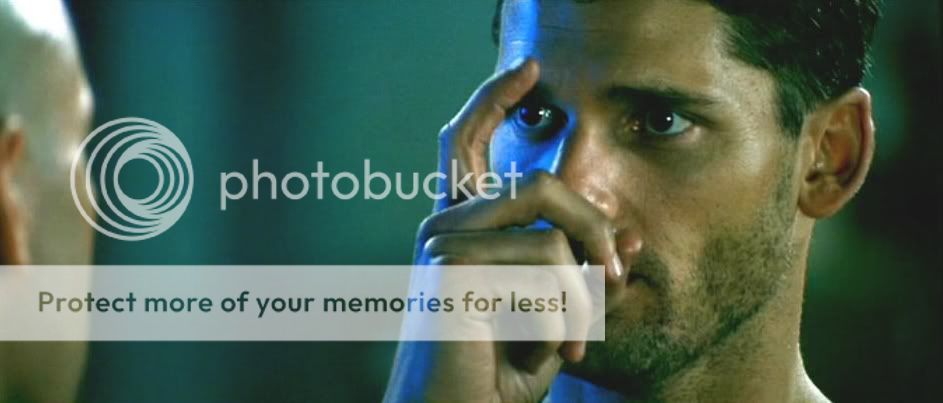All ordinance safety rules are written in blood.
And #3 is no exception. One of my late grandfather's friends borrowed his shotgun, and had left it with one in the chamber in his truck. Through a set of circumstances not related to me, he managed to have an accidental discharge, complete with a subsequent loss of his leg. And not my Grandfather's leg, but the poor slob he loaned the shotgun to.
By the way, part of defensive carry (including CCW) means you are maintaining a constant state of readiness regarding its use.
He pulled the trigger while the gun was pointed at his leg, It had nothing to do with keep gun unloaded when not in use. Guns don't just go off, they don't load themselves. Its an inanimate object. I don't need to maintain a constant state of readiness when the gun is sitting loaded while I sleep or is in the safe or on my hip. Its a gun, it goes bang when you pull the trigger, it doesn't go bang when you don't

![Wink [wink] [wink]](/xen/styles/default/xenforo/smilies.vb/002.gif)

![Laugh [laugh] [laugh]](/xen/styles/default/xenforo/smilies.vb/012.gif)
